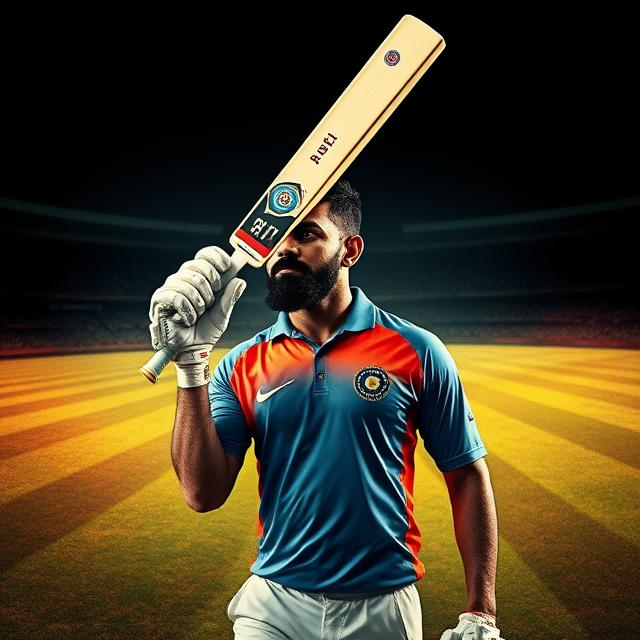ICC 2013 Crack: A Deep Dive into the Controversy and Aftermath

ICC 2013 Crack: A Deep Dive into the Controversy and Aftermath
The 2013 Cricket World Cup was a tournament marked by captivating matches, nail-biting finishes, and intense rivalries. But behind the scenes, a cloud of suspicion hovered over the competition. Allegations of a “crack” in the integrity of the tournament emerged, triggering a wave of accusations and investigations that rocked the world of cricket. This article delves into the heart of the controversy, exploring the events that unfolded, the subsequent investigations, and the lasting impact of this incident on the sport.
Unveiling the Allegations: The whispers of wrongdoing first gained traction in the aftermath of a few crucial matches. Rumors surfaced that some players had colluded to fix results, influencing the outcome of certain games. The specific details about these allegations were cryptic and remained largely unverified. What became evident was that these allegations targeted the integrity of the competition and the trust placed in the participants.
The Ripple Effect:
The allegations sparked widespread outrage within the cricket community and among fans. Many questioned the very foundations of the sport, wondering if such practices could be effectively countered. The credibility of the ICC and the legitimacy of its tournaments faced serious scrutiny. The incident highlighted the vulnerability of professional sports to corruption and the imperative need for stringent anti-corruption measures.
The Investigations Begin: The ICC responded swiftly to the allegations, instituting comprehensive investigations. Teams of investigators were formed, and a meticulous process was initiated to examine evidence and testimonies. The task was monumental, requiring detailed analysis of match data, player interviews, and various other forms of evidence.
Key Players and Allegations:
Reports and statements implicated several teams and players, raising serious questions about their involvement. The specific players and teams involved were kept largely confidential during the initial investigations, thereby maintaining the integrity of the investigative process.
While specifics remained shrouded in secrecy during the investigation, some of the suspected individuals and teams were under intense scrutiny. Details pertaining to the alleged activities and the nature of the evidence gathered were not publicly disclosed, and some details may never become public due to confidentiality reasons.
Impact on the Sport:
The ICC 2013 “crack” incident had significant ramifications for the sport. It prompted a thorough review of existing anti-corruption policies and procedures. The incident underscored the importance of preventive measures to maintain the credibility and integrity of the sport.
The ICC introduced enhanced anti-corruption measures, including stricter guidelines, more sophisticated monitoring systems, and penalties for infractions. The impact transcended the confines of the sport itself, extending to the broader image and reputation of the ICC and the individuals involved.
Consequences and Outcomes:
The outcomes of the investigations brought about significant penalties for those found guilty. The consequences varied depending on the severity of the alleged offenses. These consequences emphasized the ICC’s commitment to upholding its rules and maintaining its reputation. The specifics of the punishments are often sensitive information and are subject to confidentiality rules.
Significant changes were introduced to the tournament structure and rules as a result of the investigation. This served as an attempt to enhance the security and integrity of future competitions. Some of the details of these changes remain confidential.
The Aftermath and Legacy:
The ICC 2013 incident served as a stark reminder of the vulnerabilities of organized sports. The ensuing investigations and penalties sent a clear message about the seriousness with which the ICC viewed any compromise of the sport’s integrity.
The investigation exposed potential weaknesses in the existing anti-corruption mechanisms, leading to a fundamental reshaping of the procedures and policies designed to protect the game’s integrity. Significant steps were undertaken to strengthen these measures. New policies were established and implemented to prevent similar incidents from happening in the future.
Long-Term Effects:
The 2013 incident left a lasting mark on the ICC. It prompted a greater awareness and focus on maintaining ethical standards and fostering transparency within the organization. Fan trust was affected, and it took years for the trust to rebuild.
The fallout from the allegations extended beyond the immediate participants, impacting the perception of the entire cricketing world. The industry as a whole realized the importance of continuous vigilance and measures against any attempts to undermine its credibility. Players, coaches, and officials also became more cautious and committed to adhering to high standards of conduct.
Conclusion:
The ICC 2013 “crack” was a watershed moment for cricket. It brought into sharp focus the need for robust anti-corruption measures and highlighted the importance of maintaining integrity. The investigations, although complex and delicate in nature, underscored the ICC’s dedication to preserving the sport’s prestige and trustworthiness.
The incident also served as a crucial learning experience for the cricketing world. It underscored the vulnerability of professional sports to corruption and the critical role of transparency, vigilance, and robust measures to deter future attempts at compromising integrity.
In the end, the ICC 2013 “crack” highlighted the importance of ethical conduct and emphasized the continuous efforts necessary to safeguard the integrity of sport against any attempts at exploitation.
Leave a Reply